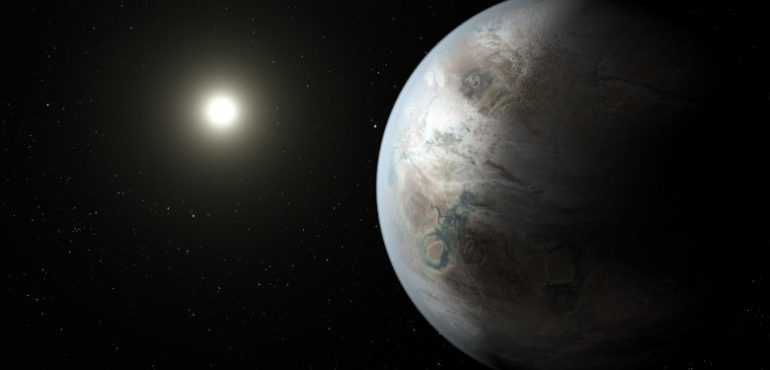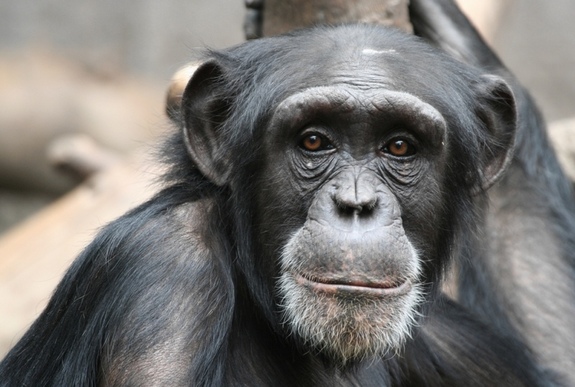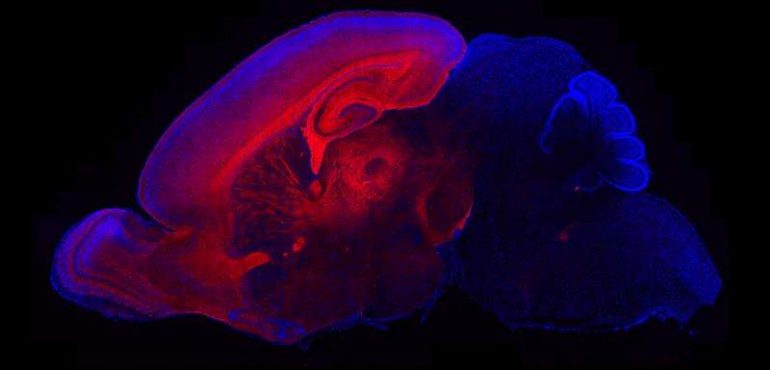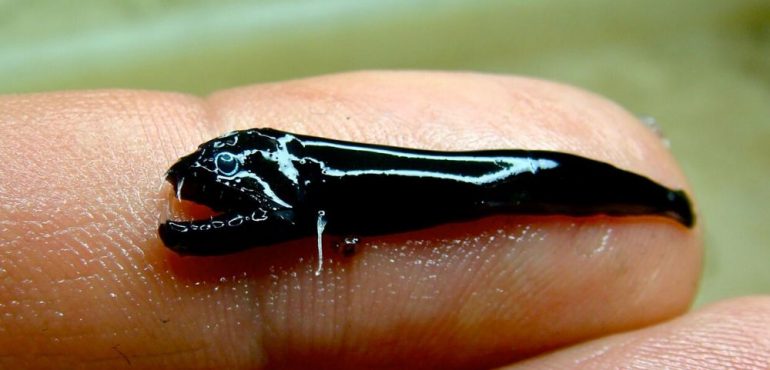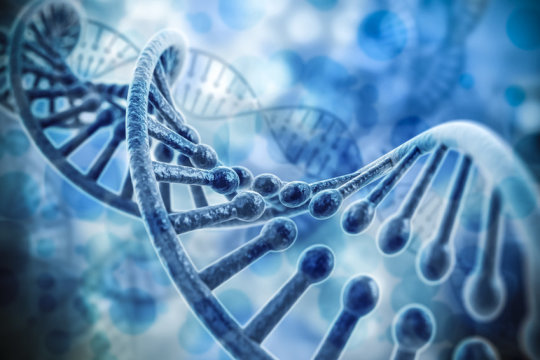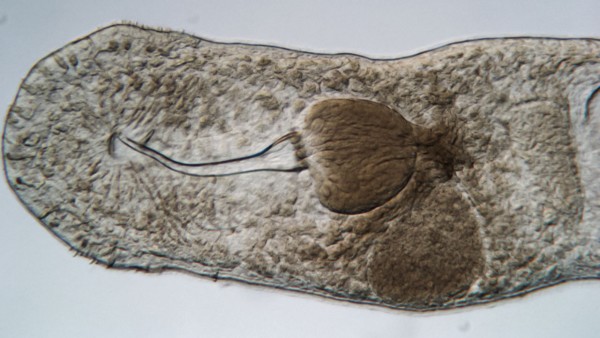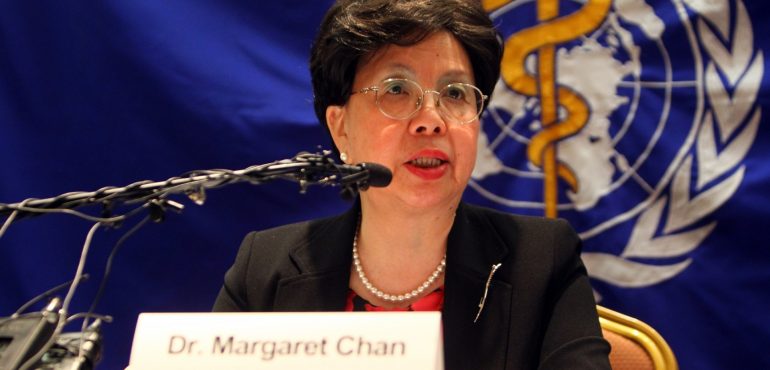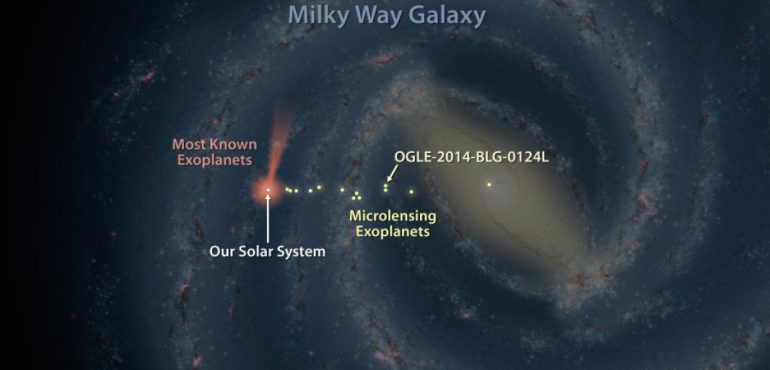An experimental Ebola vaccine seems to confer total protection against infection in patients at high risk of contracting the virus, according to preliminary results of a trial in Guinea that were announced today and published in The Lancet. They are the first evidence of any kind that a vaccine protects humans from Ebola infection. “We believe…
Read more
Successful Ebola vaccine provides 100% protection in trial


